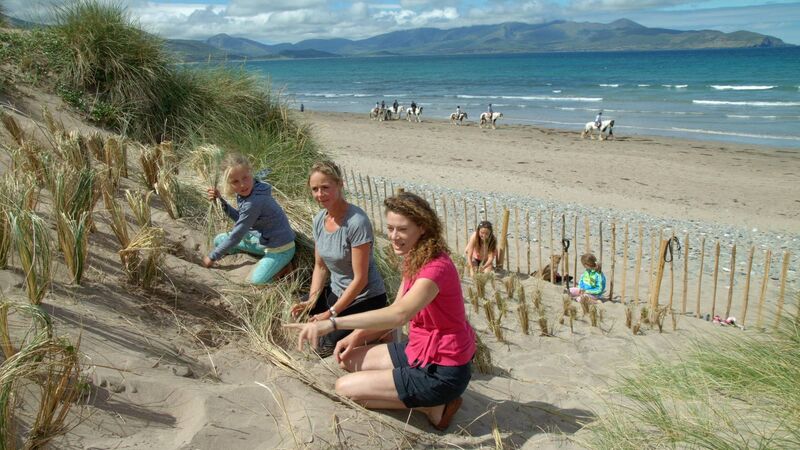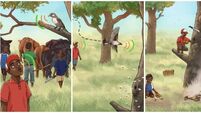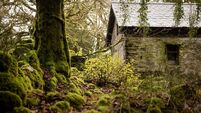Anja Murray: Save Our Sand dunes — we need them now more than ever

Sand dune restoration: Volunteers with the Maharees Conservation Association show Anja Murray how marram grass is planted in to restore and stabilise sand dune slopes
Schools are out, holidays beckon, and many of us are flocking to the seaside. All around the coast of Ireland, sandy coasts draw in day-trippers and holidaymakers keen to escape the daily routine. Being beside the sea is a wonderful thing: the soothing sound of waves, the smell of salt air, and the feeling of sand between your toes. Kids especially love tumbling down the sandy slopes of coastal dunes, though we are now realising this is something that causes the dunes to erode.
Last week I was with friends on a beach backed by a swathe of high sand dunes. The three kids among us excitedly ran straight for the dune slopes, keen to clamber up and run down again at speed. I know how much fun this can be. But when I informed them that this would damage the dunes, everyone looked at me oddly, trying to figure out if I was messing or not. The place they were especially keen to go was a high dune slope, already suffering from erosion, fenced off to keep people out, with signs reading ‘please keep out — dune restoration in progress’.








